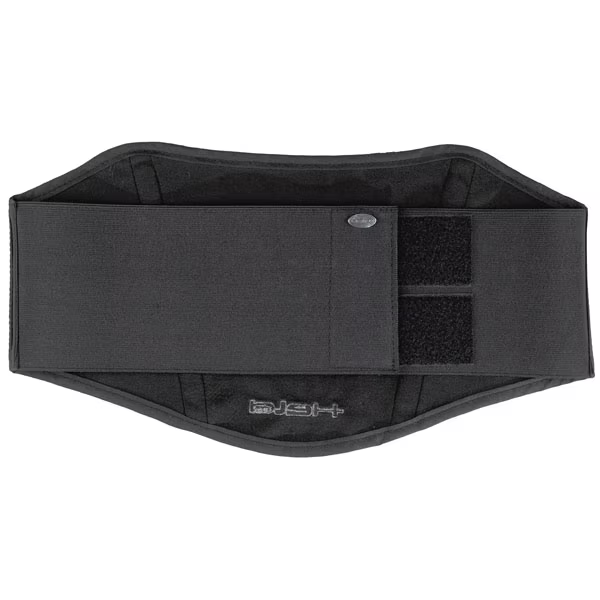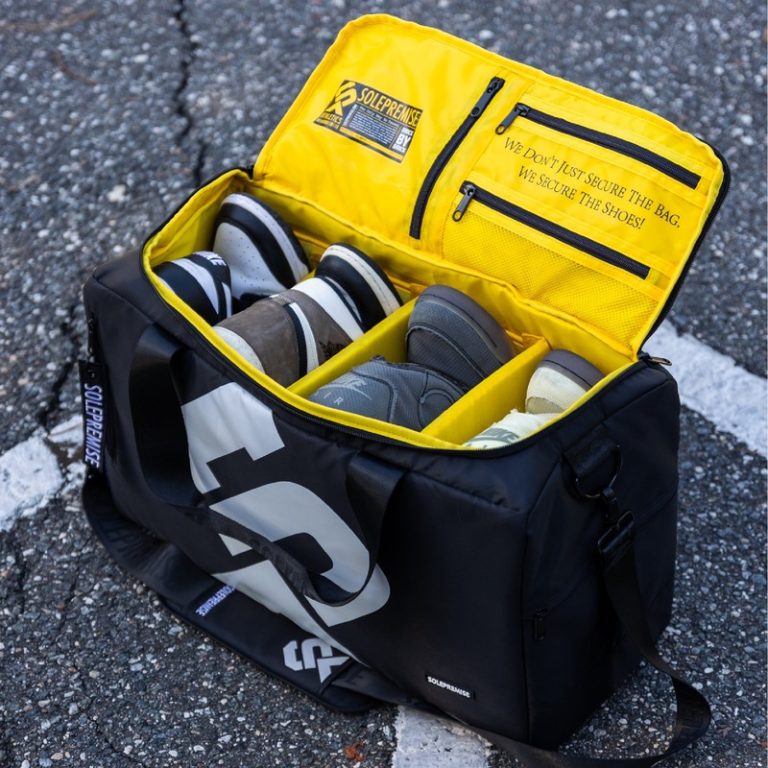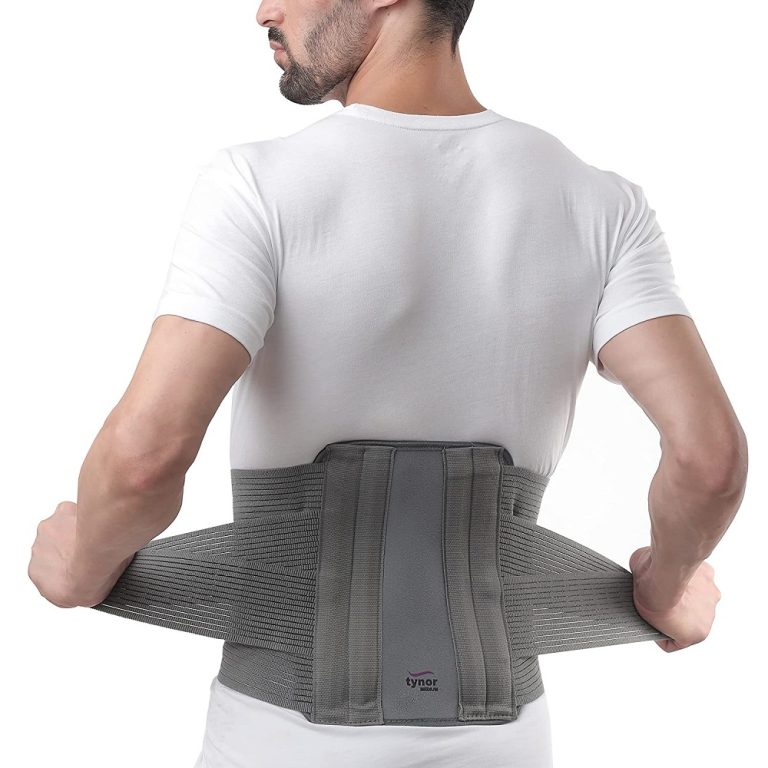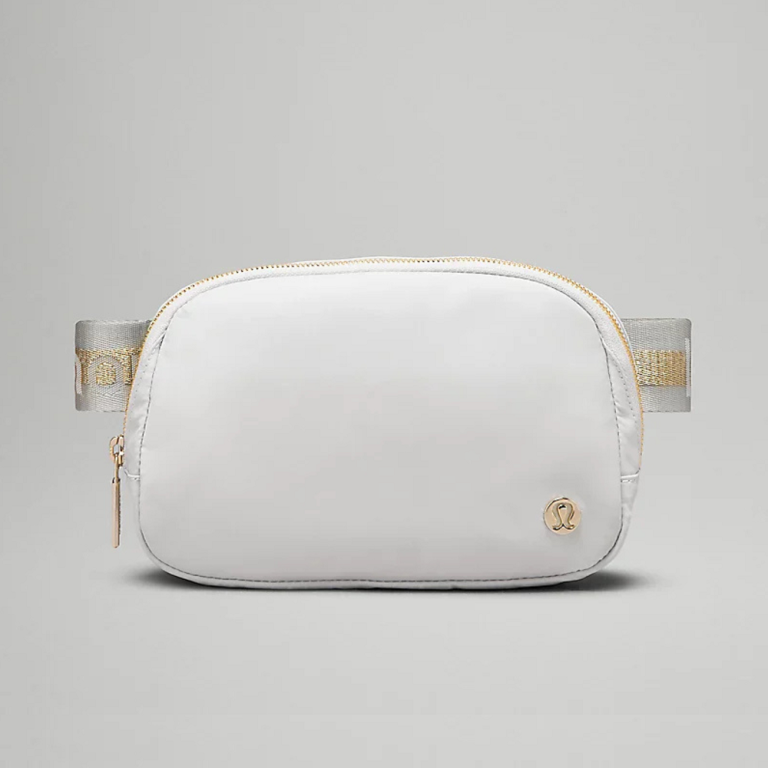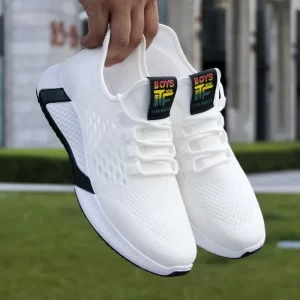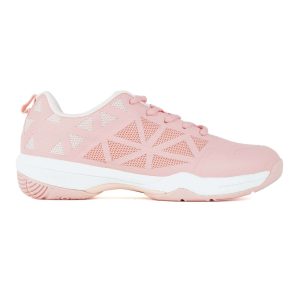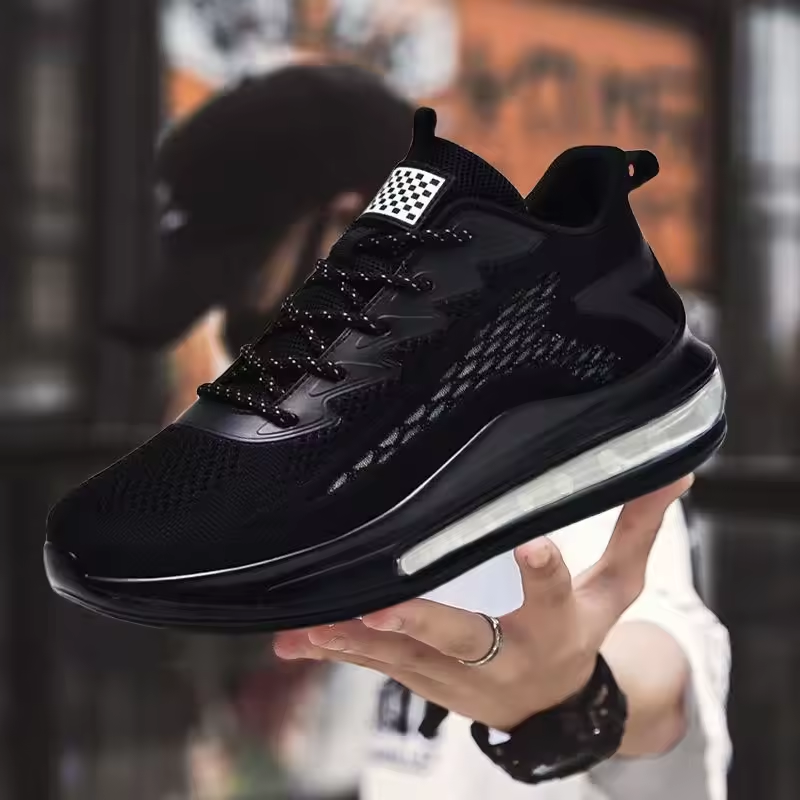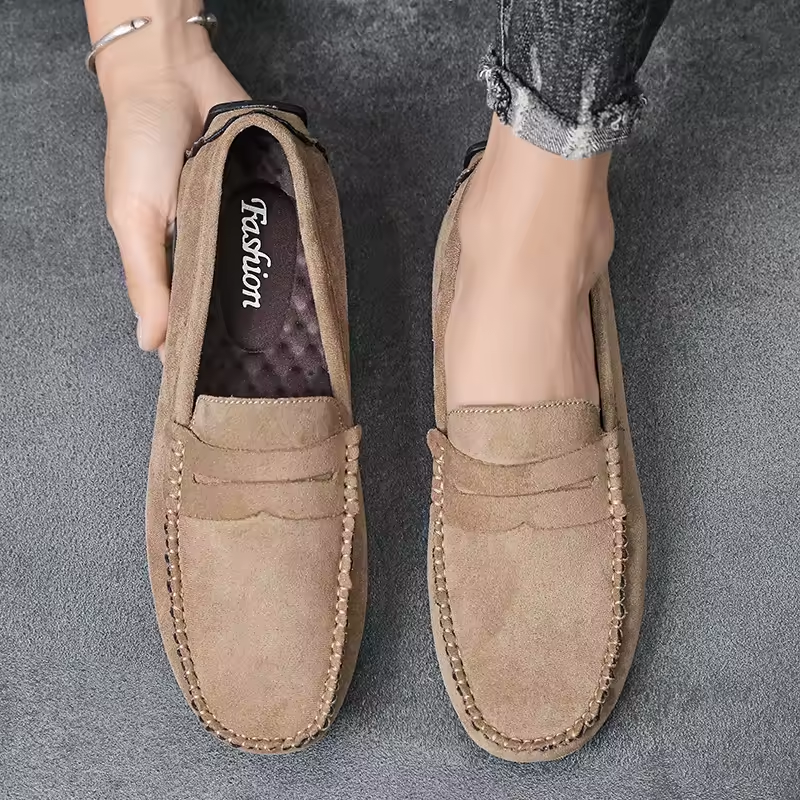What is a Motorcycle Kidney Belt?
A motorcycle kidney belt is a supportive accessory worn around the waist. It typically features a broad section that rests against the rider’s lower back, providing essential lumbar support. Originating as a protective gear, its main function was to secure the rider’s abdominal organs during falls or high-impact scenarios. Nowadays, its role extends beyond safety, emphasizing comfort and prevention of back pain during long rides.
Purpose and Design
The design of a motorcycle kidney belt is focused on protecting and supporting the lower back and kidney area. Made from robust materials like leather or synthetic fibers, it wraps snugly around the waist. The broader part of the belt, heavily padded, aligns with the lower back to offer maximum support. This design is crucial not only for impact protection but also for enhancing the rider’s posture by providing a stable base for the spine.
Usage among Motorcycle Riders
Motorcycle kidney belts are favored by various types of riders, especially those engaged in long-distance touring, off-road adventures, and stunt riding. Touring riders appreciate the extra comfort and support during extended periods on the road. Off-road riders benefit from the protective qualities against potential impacts. Stunt performers use the belt to ensure maximum protection against injuries. Regular usage among these groups underscores the belt’s versatility and crucial role in rider safety and comfort.
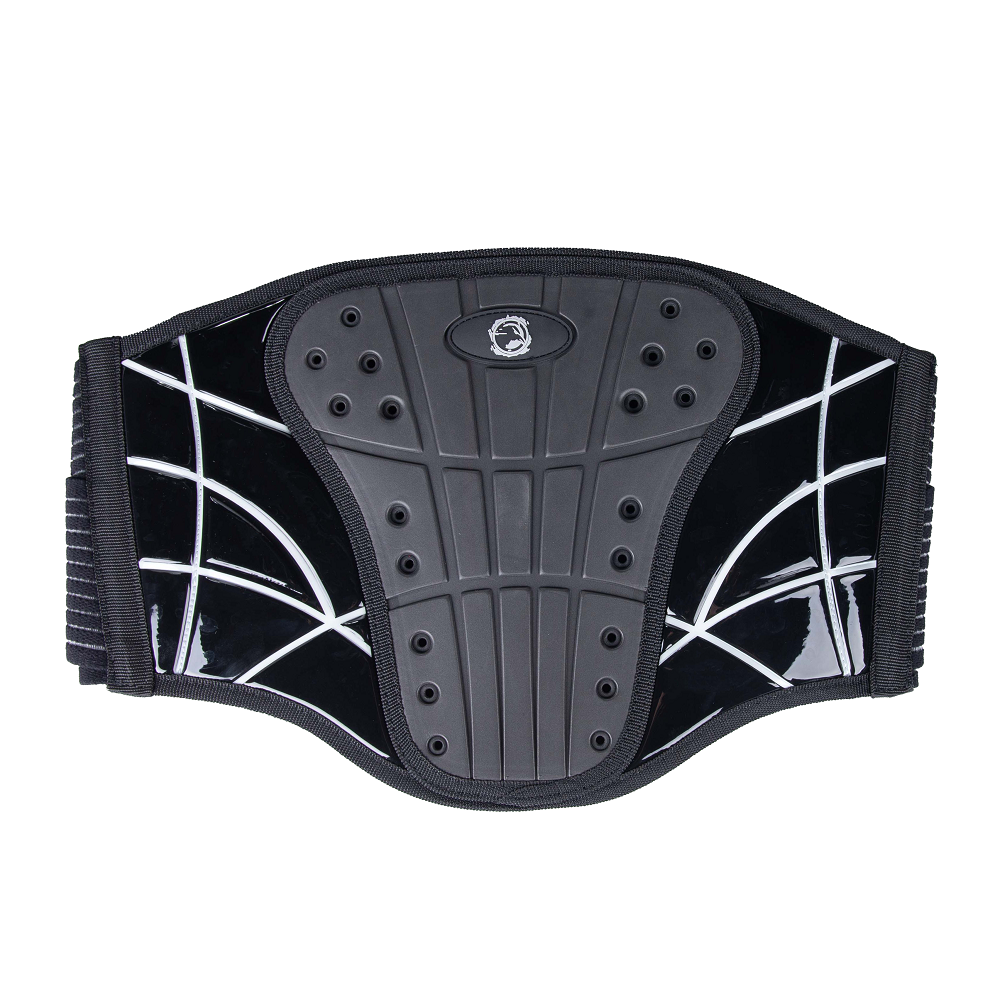
The Importance of Wearing a Kidney Belt
For motorcycle enthusiasts, comfort and safety take top priority on long journeys. A motorcycle kidney belt plays a crucial role in both. Let’s explore the perspectives of riders and medical professionals on the importance of this gear.
Rider’s Perspective on Utility and Comfort
From the rider’s point of view, a motorcycle kidney belt is essential for long rides. It offers multiple benefits:
- Lumbar support is provided by the belt, which can help maintain an upright posture.
- It reduces the strain on the lower back, making rides more comfortable.
- Motorcycle kidney belts are seen as a preventative measure to avoid discomfort and potential injuries.
Many riders report feeling more secure and focused knowing they have additional support for their back, which can enhance the overall riding experience.
Overview from a Medical Perspective
Now, from a medical standpoint, the views on motorcycle kidney belts are mixed. Here’s what experts often highlight:
- While belts can help with posture and may ease discomfort, they are not a cure-all solution.
- The root cause of back pain should be investigated rather than solely relying on a belt for relief.
- Medical professionals stress the importance of diagnosing and treating underlying issues.
- It’s important to balance the use of a kidney belt with other treatments, like proper exercises and ergonomic adjustments to the motorcycle.
In summary, a kidney belt can be a helpful addition to a rider’s gear, particularly for those preparing for long tours or who already suffer from back discomfort. However, if back pain persists, it is critical to seek medical advice for a comprehensive treatment plan.
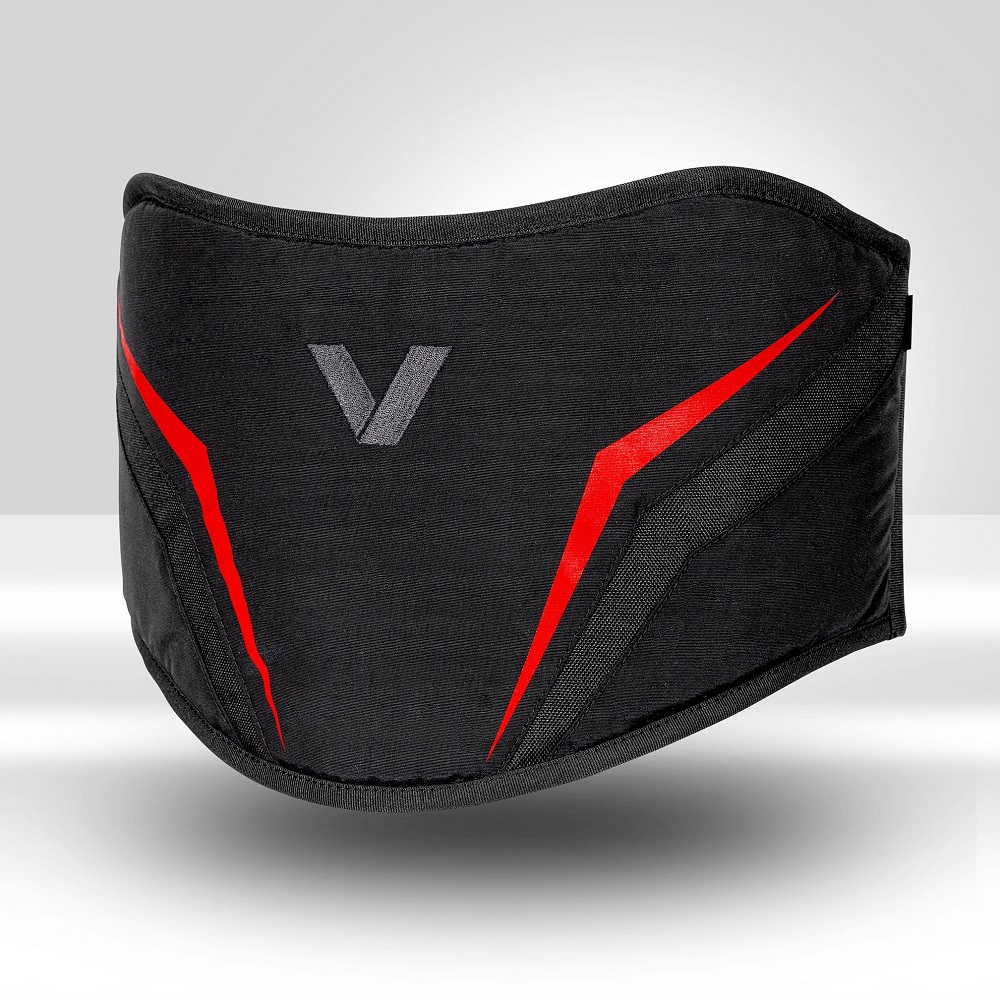
Impact of Kidney Belt on Posture and Back Pain
Understanding the relationship between motorcycle kidney belts and back health is crucial for riders.
How Kidney Belts Aid Posture During Rides
Motorcycle kidney belts provide essential lumbar support. This support helps maintain an upright posture. Upright posture is vital to prevent slouching, which strains the back over long rides. The belt ensures the spine aligns well, reducing unnecessary back strain thus improving comfort.
Addressing Lower Back Pain with Kidney Belts
Lower back pain is a common issue for riders, and using a motorcycle kidney belt can help. The belt offers support that eases the burden on the lower spine. This can prevent the onset of pain during extensive rides. While it doesn’t cure underlying health issues, it provides immediate relief for symptoms. For long-term management, riders should consider additional therapeutic measures.
Practical Tips for Using Kidney Belts
Understanding how to effectively use a motorcycle kidney belt can make a significant difference in ride comfort.
Enhancing Riding Posture
Motorcycle kidney belts support a proper posture while riding. Here are tips for making the most out of this accessory:
- Adjust the belt firmly around your waist without restricting breathing.
- Ensure the wide part is at your lower back for full support.
- Sit upright on your bike, aligning your spine naturally.
- Avoid slouching or leaning forward; keep shoulders relaxed but straight.
Incorporate these steps to ensure the belt enhances your posture, benefiting your long rides.
Suitable Exercises and Activities
Pairing kidney belt use with specific exercises helps address back pain. Here are activities to consider:
- Engage in gentle stretching before and after rides to loosen muscles.
- Strengthen your core with exercises like planks and leg raises.
- Try yoga or Pilates to enhance flexibility and spinal alignment.
- Avoid exercises that strain the back, like heavy lifting without proper form.
By combining the support of a motorcycle kidney belt with these activities, riders can help prevent back pain for a more enjoyable journey.
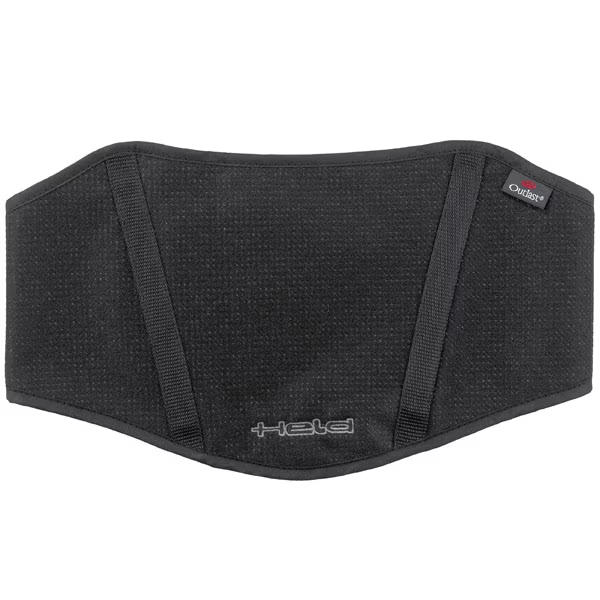
Additional Gear for Back Support
Motorcycle rides can be tough on your back. That’s where additional back support gear comes into play. Other than the motorcycle kidney belt, which we’ve discussed at length, there are a couple of other key pieces of equipment you might want to consider for that extra support and comfort during long rides.
Role of Sissy Bars and Backrests
Sissy bars and backrests are great for reducing fatigue on long rides. A sissy bar is a tall, padded bar that attaches to the back of the seat. It provides something to lean against. It takes the strain off your lower back while riding. Backrests, usually cushioned, fit into the seat. They support the bottom of your spine. Both items can make a big difference in rider comfort by supporting the natural curvature of the spine.
Importance of Suitable Motorcycle Adjustments
Getting the right adjustments on your motorcycle is key for back support. Handlebars and foot pegs should be in a place that allows you to sit upright without reaching too far. Seat cushions can add comfort and help with posture. Be sure to adjust your bike to fit your body. This can reduce pain and make your ride more enjoyable. Be proactive about these changes. They’ll help keep your back in good shape on those longer touring adventures.
When to Seek Medical Advice
While a motorcycle kidney belt provides support, it’s not a fix-all for back pain. Recognize when pain goes beyond the usual soreness and seek medical help. Pain that doesn’t ease with rest, or worsens over time, signals a deeper issue.
Identifying Persistent Pain Issues
Persistent pain after long rides is a red flag. If adjusting your motorcycle, using a kidney belt, and doing exercises don’t help, it’s serious. Pain interfering with daily life or increasing in intensity needs a doctor’s attention. Don’t ignore symptoms hoping they will vanish on their own.
Importance of Professional Guidance
Doctors and physiotherapists can offer valuable advice. They can identify the root cause of your back pain. Following their guidance can lead to long-term relief. Professional help is essential when standard remedies fail to improve your condition. Trust medical experts for a plan suited to your specific needs.
Conclusion
As we wrap up this comprehensive guide, let’s revisit the key takeaways about motorcycle kidney belts.
Summary of Kidney Belt Benefits for Touring
Motorcycle kidney belts offer substantial benefits for riders on long tours:
- They provide essential lumbar support, helping to maintain an upright posture.
- They reduce lower back strain, potentially preventing the onset of pain during extensive rides.
- They enhance overall rider comfort and can lead to a more focused and enjoyable riding experience.
- Many riders feel more secure and better equipped to manage the rigors of long-distance motorcycling with a kidney belt.
These belts serve as a valuable accessory for riders who prioritize their comfort and safety on the road.
Recommendations for Long Rides
For those planning long motorcycle journeys, consider the following suggestions:
- Wear a motorcycle kidney belt for added back support.
- Customize your bike to fit your body, including adjustments to handlebars and foot pegs.
- Incorporate breaks and stretching into your ride to relax muscles and prevent stiffness.
- Pair the belt with suitable exercises to strengthen your core and enhance flexibility.
- Equip your bike with additional back support gear like sissy bars and backrests.
- Seek medical advice if you experience persistent or worsening back pain, regardless of these preventive measures.
By adhering to these recommendations, riders can look forward to more comfortable and enjoyable long-distance rides while minimizing the risk of back pain and discomfort. Remember, the motorcycle kidney belt is a tool to aid you on your journey, but keep in mind the importance of overall well-being and professional guidance when needed.
